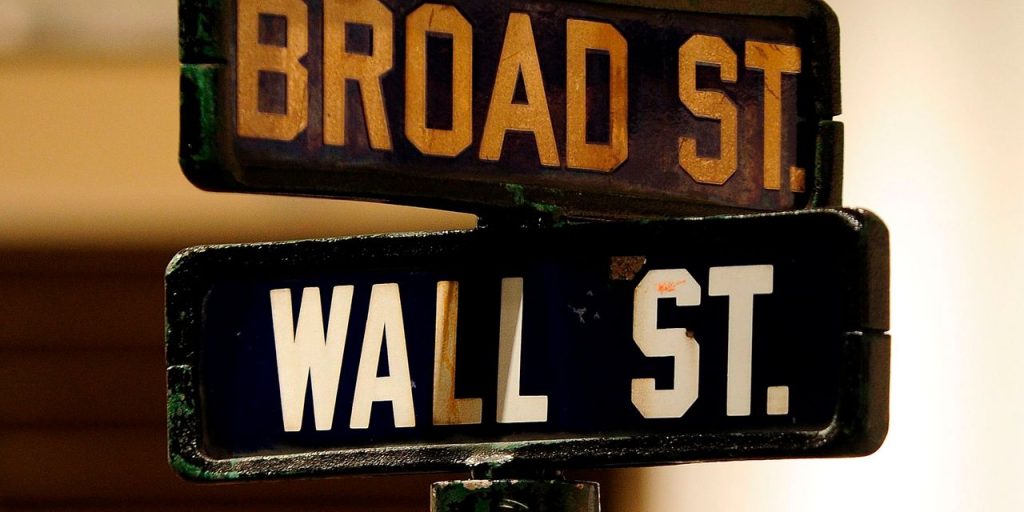The U.S. is facing a long, shallow recession instead of a “deep and long credit crunch contraction” after the Federal Reserve’s tightening of monetary policy over the past year, according to Mizuho Securities.
“The Fed always tightens until something breaks!” said Steven Ricchiuto, U.S. chief economist at Mizuho Securities USA, in a new note. “The key question markets have to answer right now is which type of credit dislocation the economy is dealing with following the regional bank debacle.”
A “systemic credit crunch” can sometimes emerge after the Fed tightens its policy to tame inflation, while other times “idiosyncratic issues surface,” he said.
Based on Mizuho’s analysis, “systemic credit crunches occur only when the economy is already suffering either a significant” mismatch in assets and liabilities or “excessive asset valuation issue” — neither of which was evident before the failure of California’s Silicon Valley Bank and New York’s Signature Bank in March.
Although the Fed has aggressively raised interest rates over the past year as part of its battle to bring high inflation under control, “balance sheet data show households have funded long and are benefiting from very low debt servicing costs,” according to the note.
Also, “nonfinancial” companies are similarly “funded long,” said Ricchiuto, citing “exceptionally low debt servicing costs.” Plus, “bank loan books are generally healthy and the system has ample reserves against loan losses,” he said.
U.S. regulators intervened after last month’s collapse of Silicon Valley Bank and New York’s Signature Bank, with the Fed setting up a bank term fund programming to help banks meet their depositors’ needs as investors worried about the potential for further bank runs.
“The regional bank mess appears to be more due to bad management decisions, especially those related to managing the bank security portfolio risk,” wrote Ricchiuto. “The longer short rates stay elevated and the dislocations remain isolated to specific companies and institutions, the more people will recognize this was not a systemic crises moment.”
The crypto bubble deflated “long before the regional bank issues unfolded,” according to Ricchiuto, who did not see signs of another “speculative bubble” leading up to the recent regional bank failures.
Still, in Mizuho’s view, stocks appear expensive and have not priced in the “hit to earnings we expect will be reported over the next couple of quarters.” And credit spreads may widen as equities suffer and more companies “falter” in an economic slowdown, said Ricchiuto.
Mizuho is still expecting the S&P 500 to fall towards the bottom end of the fair value range of 3,700 to 4,100 it sees for the index, according to the note. The S&P 500
SPX,
+0.10%
was trading down slightly Monday afternoon at around 4,099.
In the bond market, “the increased probability of a recession assures us that we have already seen the peak in long-term rates at 4.2% on the 10-year Treasury” note, said Ricchiuto. He said 2-year Treasury yields have probably already peaked, as well, at 5%.
“Let’s be clear: every postwar recession has been triggered by the Fed,” said Ricchiuto.
The yield on the 10-year Treasury note
TMUBMUSD10Y,
3.418%
was little changed Monday afternoon at around 3.41% while 2-year Treasury yields
TMUBMUSD02Y,
4.007%
were up slightly at 4%, FactSet data show, at last check. That compares with a current target range of 4.75% to 5% for the Fed’s benchmark rate.
The Fed might hold rates higher for longer after another rate hike or two, rather than keep pushing them up “now that they have broken something,” said Ricchiuto.
Read the full article here



